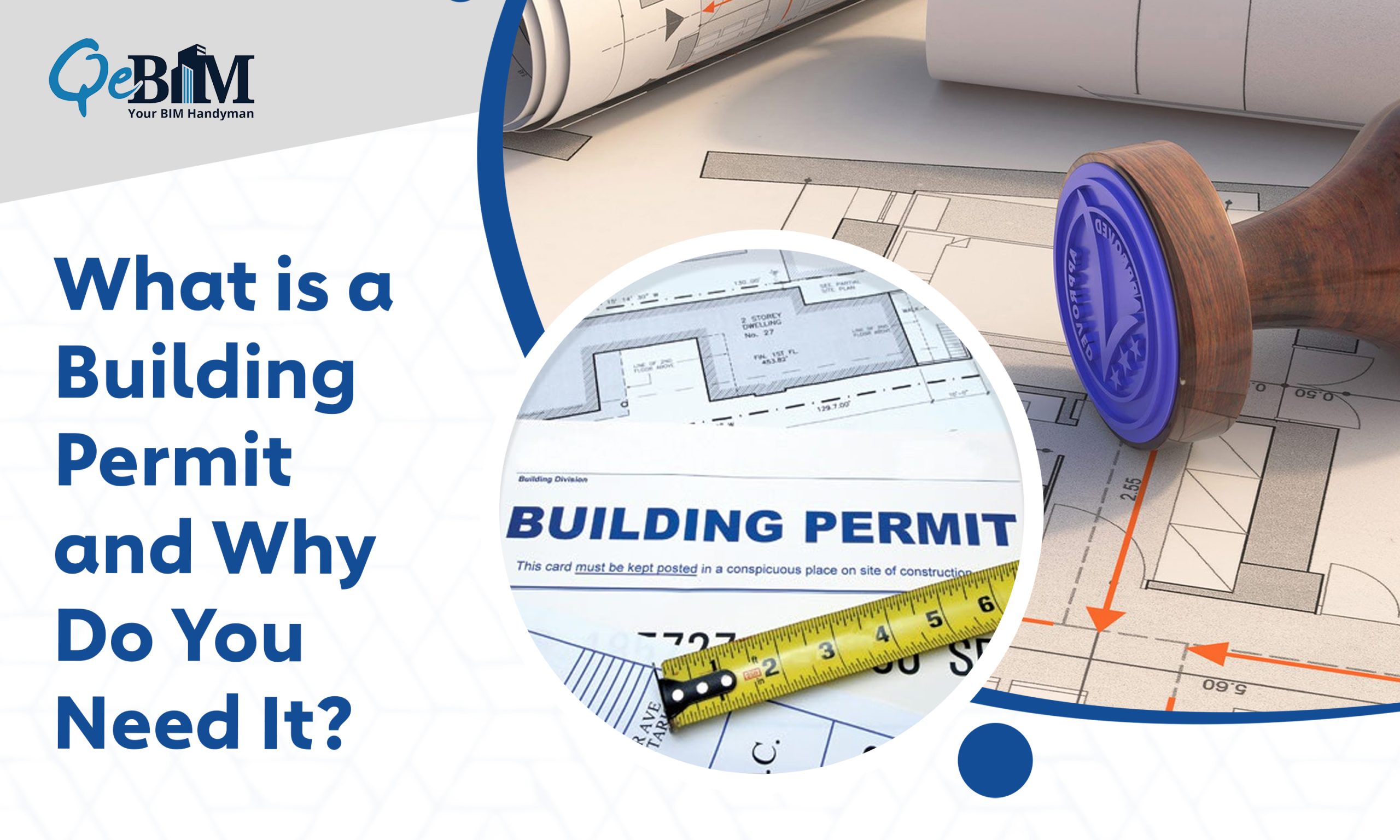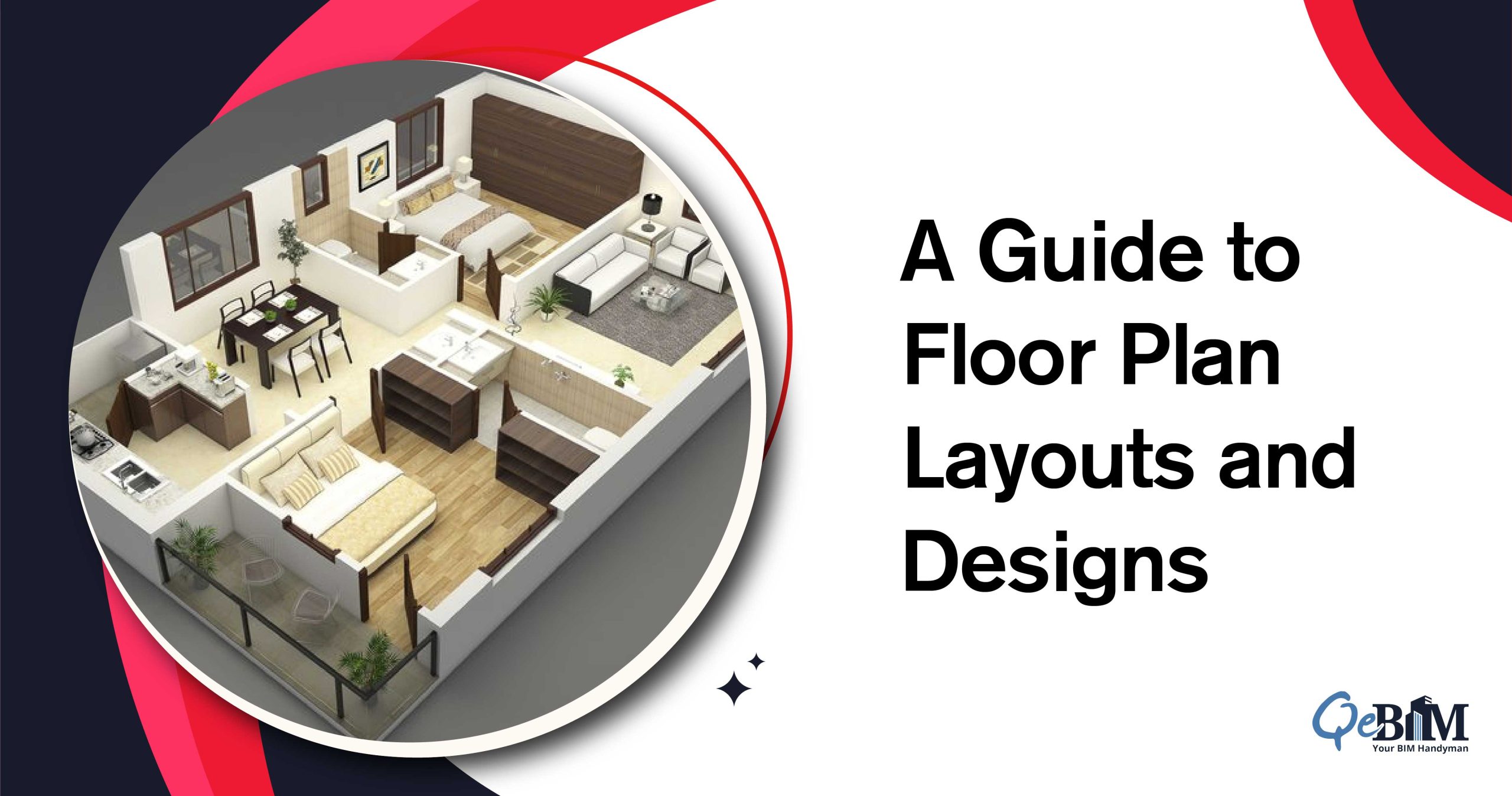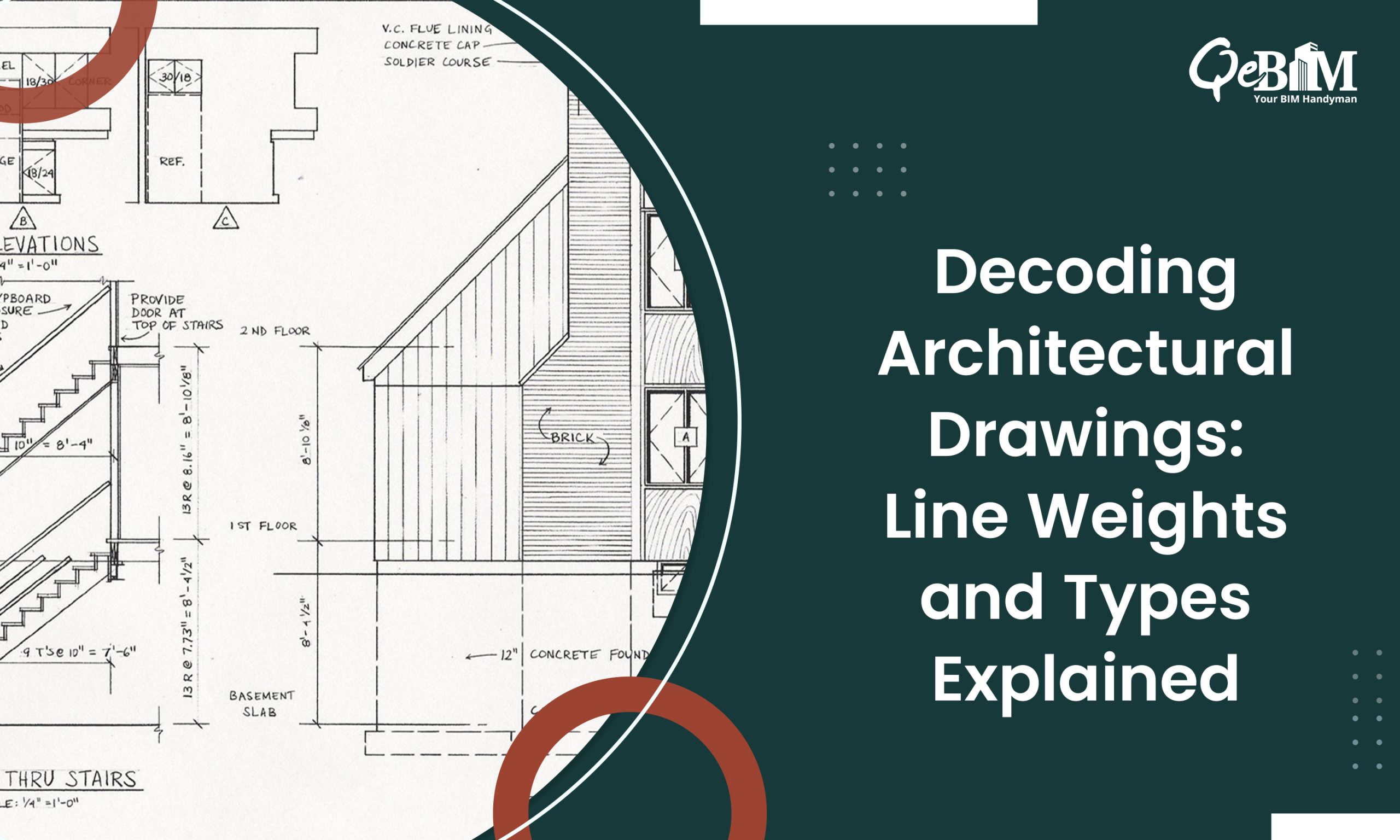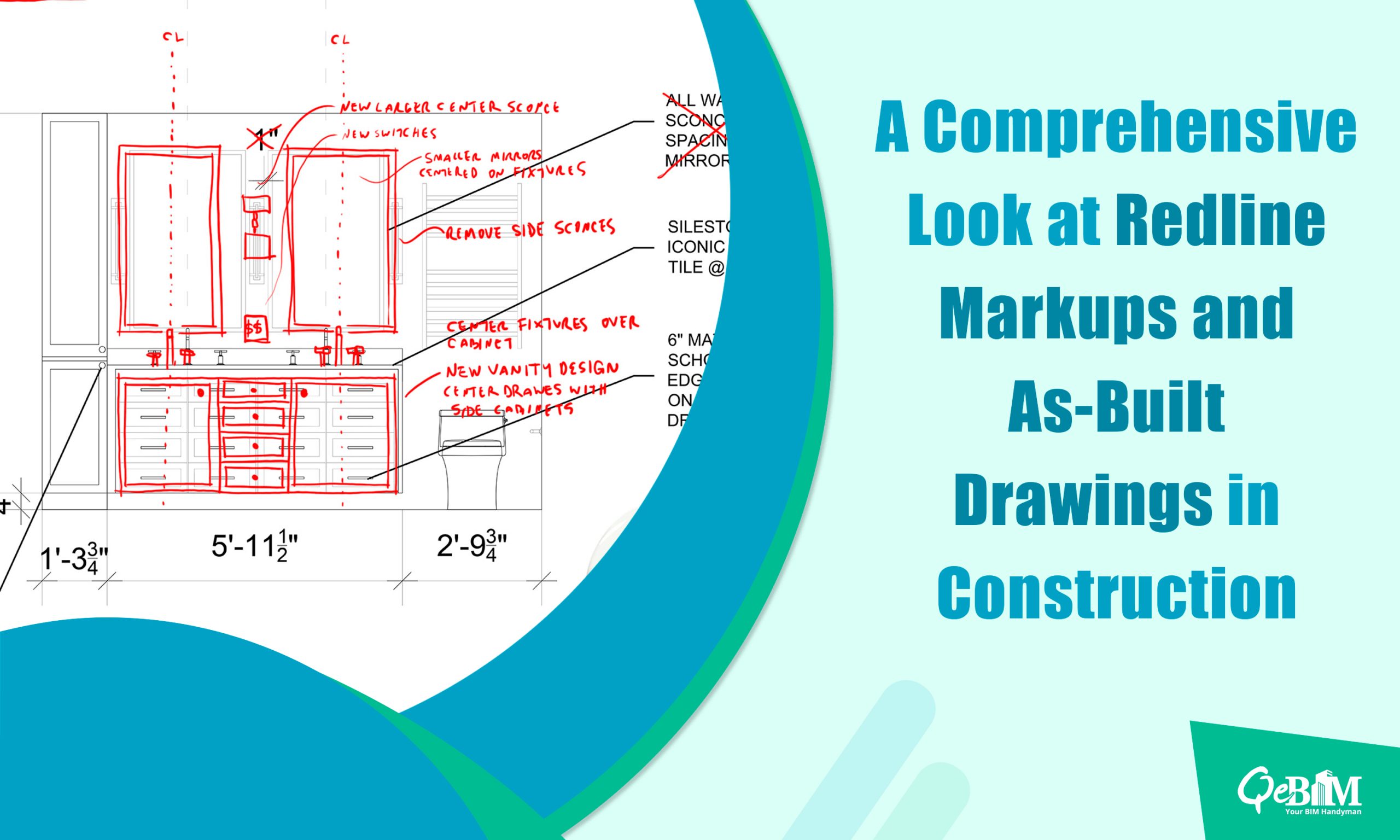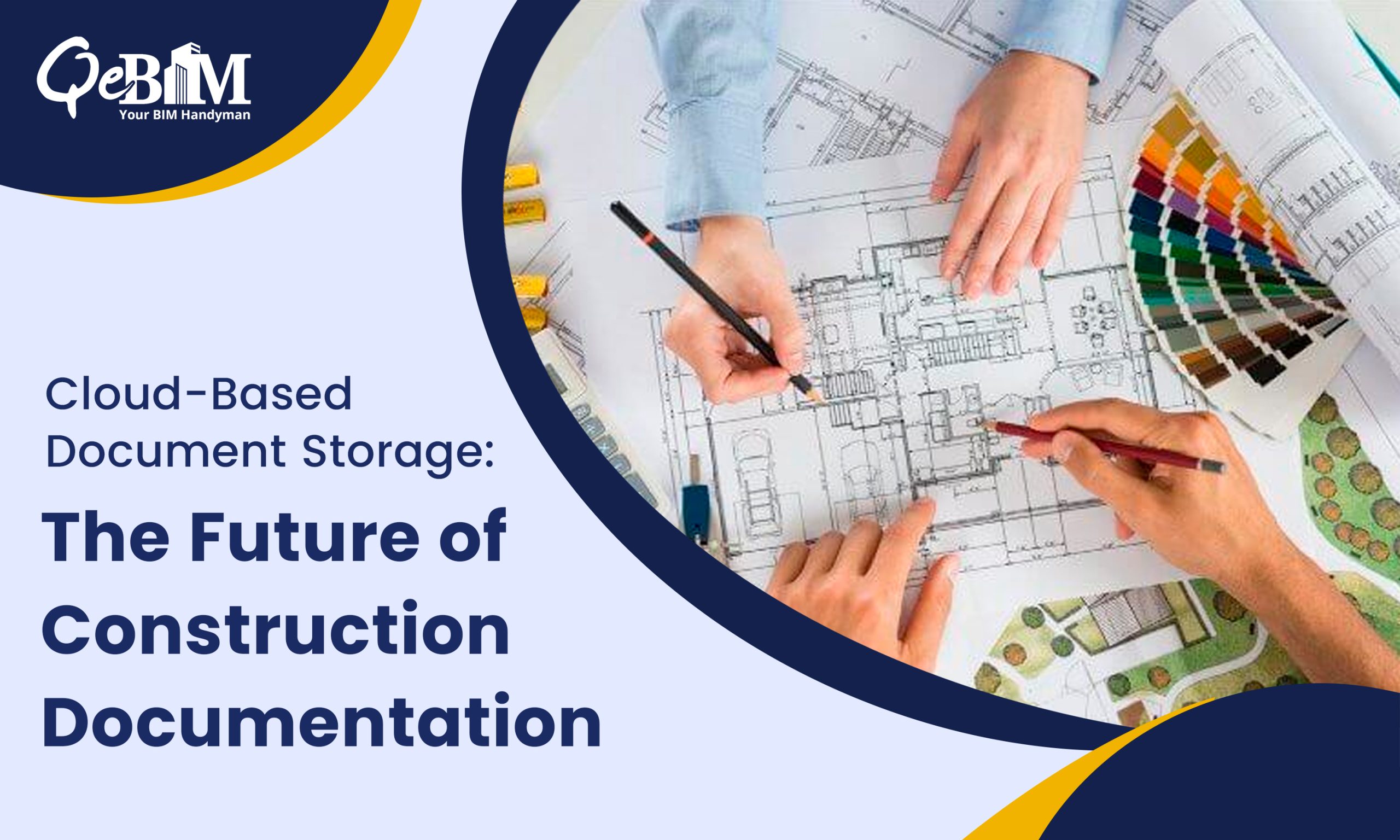Introduction
It might be exhilarating to construct a new structure or make big modifications to an old one. Building a dream house, growing a company, or restoring a property all need careful planning and adherence to a number of laws. The acquisition of a building permit is an important stage in this procedure. This blog will go into detail on what a building permit is, why it’s important, and why it’s required for every construction project. We’ll also talk about how as-built drawings and construction drawings fit into the permit application process.
Understanding Building Permits
A building permit is a legal authorization to start building, altering, or renovating a structure that is given by a local government authority. It demonstrates that all applicable building rules, zoning laws, and safety requirements are met by the planned project. Building permits are necessary to ensure that construction projects comply with municipal building codes, satisfy minimum safety standards, and don’t endanger nearby properties, the environment, or their inhabitants.
Why You Need a Building Permit
Legal Compliance: Most governments forbid building without permission. Building work may be ordered to stop and fines and penalties may result from failure to acquire a building permit. Additionally, the local authorities could not recognize unpermitted constructions, which would lower property value and make future purchases more difficult.
Safety assurance: Compliance with safety regulations and standards is required for building licenses. They make that the building complies with all relevant fire safety, electrical, and structural standards. In the end, permits assist in preserving occupant safety and reducing the possibility of risks.
Quality Control: Construction drawings and plans that describe the project’s design and materials must frequently be submitted in order to get a building permit. This level of inspection guarantees that the construction is of the highest caliber and adheres to industry requirements.
Insurance and Liability: Insurance companies have the right to reject claims for losses brought on by unlawful construction. A legitimate building permit may also protect the property owner from responsibility in cases of accidents or boundary disputes.
Calmness of mind: Additionally, obtaining a building permit might make you feel more secure. Minimize your anxiety and nervousness by understanding that your project was thoroughly examined and authorized by a certified inspector.
The Role of Construction Drawing
The process of applying for a building permit relies heavily on Construction Drawing Services. These services entail producing intricate, technical drawings that depict the whole extent of the building project. These drawings, which are often created by architects, engineers, or drafters, offer essential details for the inspection, construction, and permit application procedures.
Key elements included in construction drawings are:
- Site plans: These diagrams display the project’s location on the site, along with its size, setbacks, and access points.
- Floor plans: Describe the rooms, features, and proportions on each level of the structure.
- Elevations: Give a visual picture of the outside of the structure from various angles.
- Structural Drawings: Show the framework and structural components of the structure, such as the beams and columns.
- Electrical and plumbing plans: These plans describe the building’s electrical and plumbing systems in detail.
- Mechanical Drawings: These show the ducting and HVAC (Heating, Ventilation, and Air Conditioning) layouts.
Project owners may make sure their plans are expertly drawn and satisfy all standards for getting a building permit by working with a reliable construction drafting firm.
The Significance of As-Built Drawing
As-Built Drawings Services are essential for keeping track of the finished project throughout the post-construction period. These drawings provide a crucial reference for upcoming restorations, repairs, or additions by correctly depicting the changes performed during construction. By providing knowledge on the design, systems, and infrastructure of the current building, they facilitate future development initiatives.
As-built drawings contribute to:
- Documentation: As-built drawings capture any variations from the original designs and show the work in its completed form. Property owners, builders, and architects will find this knowledge to be very useful in the future.
- Facility Management: These designs help facility managers better comprehend the layout of the building and coordinate maintenance chores.
- Renovations and Expansions: As-built drawings reduce the need for further surveys when planning renovations or expansions, conserving both time and cash.
How to get a building permit
Different jurisdictions have different requirements and procedures for obtaining construction permits. However, generally speaking, you must deliver the following data to your neighborhood building department:
- A collection of building plans
- An outline of the project
- A list of the supplies to be utilized
- A fee
Your application will be examined by the building department, which will then either accept it or reject it. If your application is accepted, a building permit will be given to you.
What occurs if construction is done without a permit?
Most jurisdictions forbid building without a permit. Without a permit, you run the risk of being penalized or possibly having your project torn down.
Conclusion
A building permit is a crucial need for any construction project, to sum up. It guarantees that the building meets with safety requirements, local laws, and appropriate design and planning guidelines. Your designs will be expertly prepared if you use construction drawing services, which will speed up the permit application procedure. Additionally, spending money on as-built drawing services generates a useful resource for upcoming upkeep, improvements, and expansions.
Although acquiring a building permit could require some administrative work, the advantages greatly outweigh the difficulties. It is an ethical action that protects the investment, guarantees safety, and promotes the continued effectiveness of any building project.
